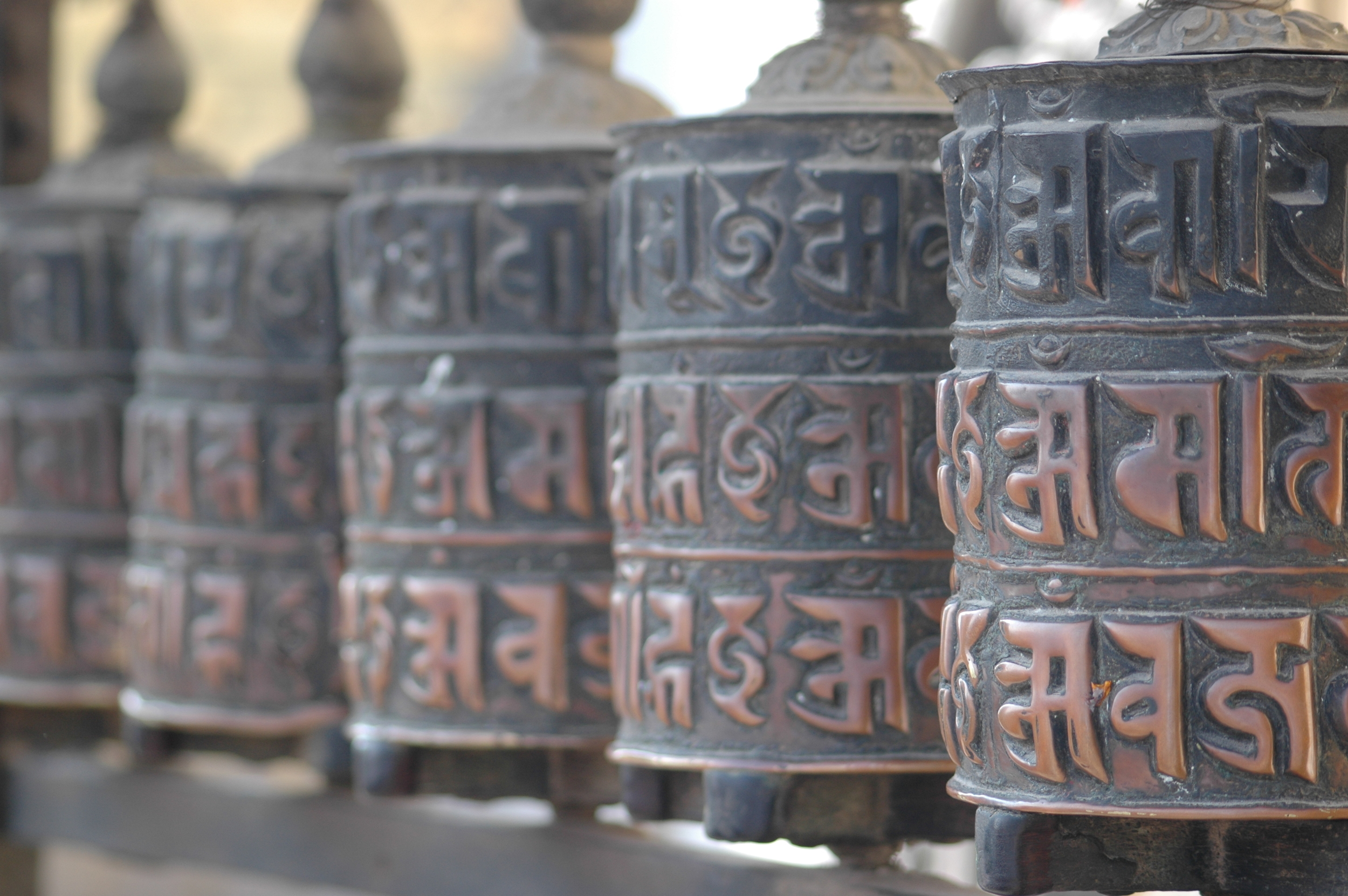So with the anniversary of the devastating earthquakes, which killed thousands of people and changed many more lives forever with long-term injuries approaching, it was perfect timing for the UK’s Prince Harry to undertake an awareness raising trip to the country. His visit was to both mark 200 years of formal diplomatic relations between the UK and Nepal, and also to highlight the progress in recovering from the earthquakes.
Like many of our HExN teams, Prince Harry spent time in both Kathmandu and remote villages, reminding millions of people internationally about how widespread the impact was.
Nepali hospitality shines through
The Kensington Palace media team have an international reputation, and the photo-opportunities were superb, from Prince Harry sleeping in local houses, to being named honorary head of a village, daubed in red paint as part of celebrations for Holi and playing volleyball, a sport very popular in village areas where clear, level ground is often at a premium.
The hospitality, generosity and remarkable fortitude of Nepal’s people shone through in every photo, and clearly impacted on the prince, who had served alongside Gurkhas when he was deployed in Afghanistan.
Prince Harry’s message, covered by UK and international media, was clear:
“I pay my respects to those who perished and hope to do what I can to shine a spotlight on the resilience of the Nepali people."
Tourism is key to Nepal's recovery
However, Prince Harry’s trip was not purely about reflecting the impact of the earthquakes, and the country’s work to recover.





